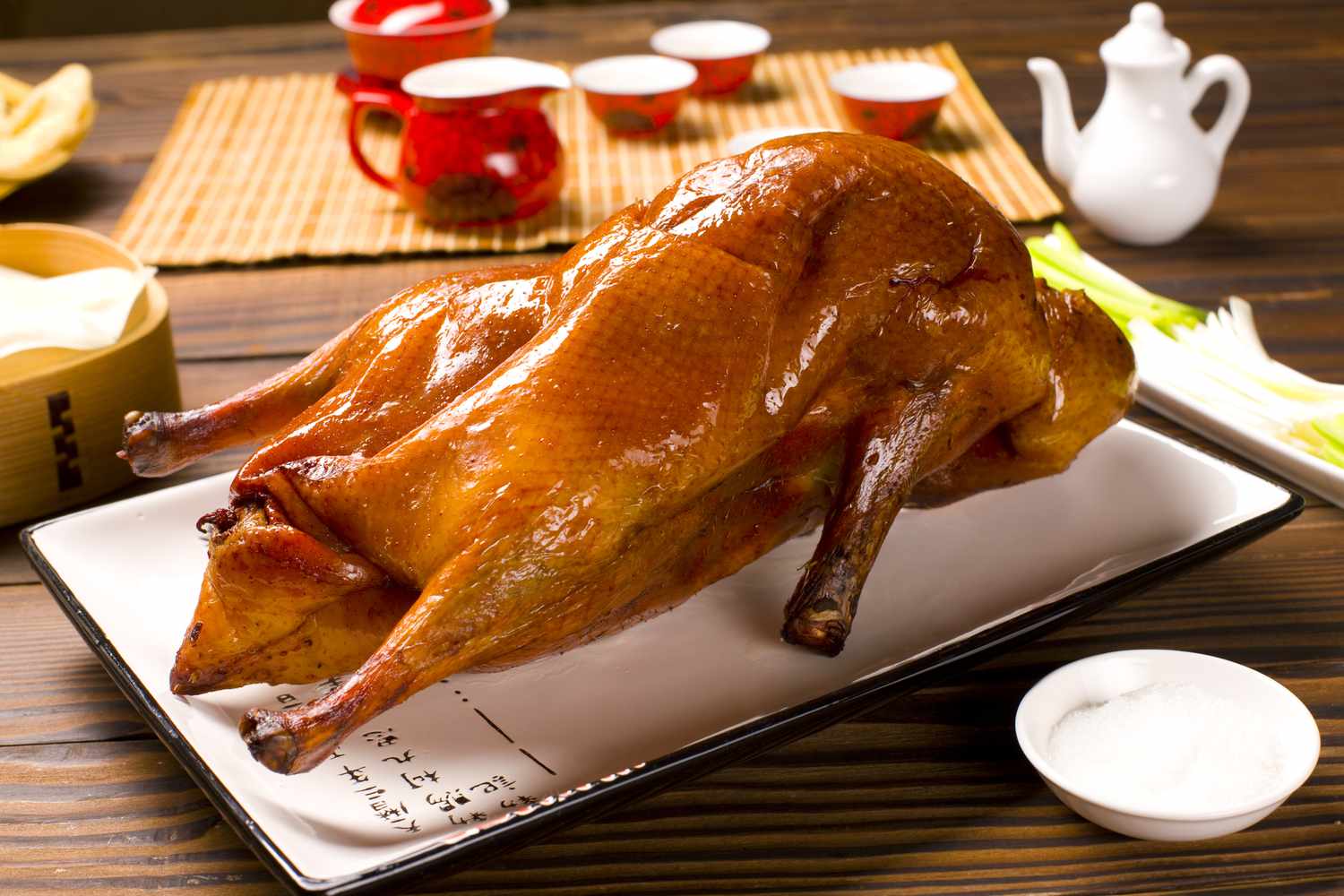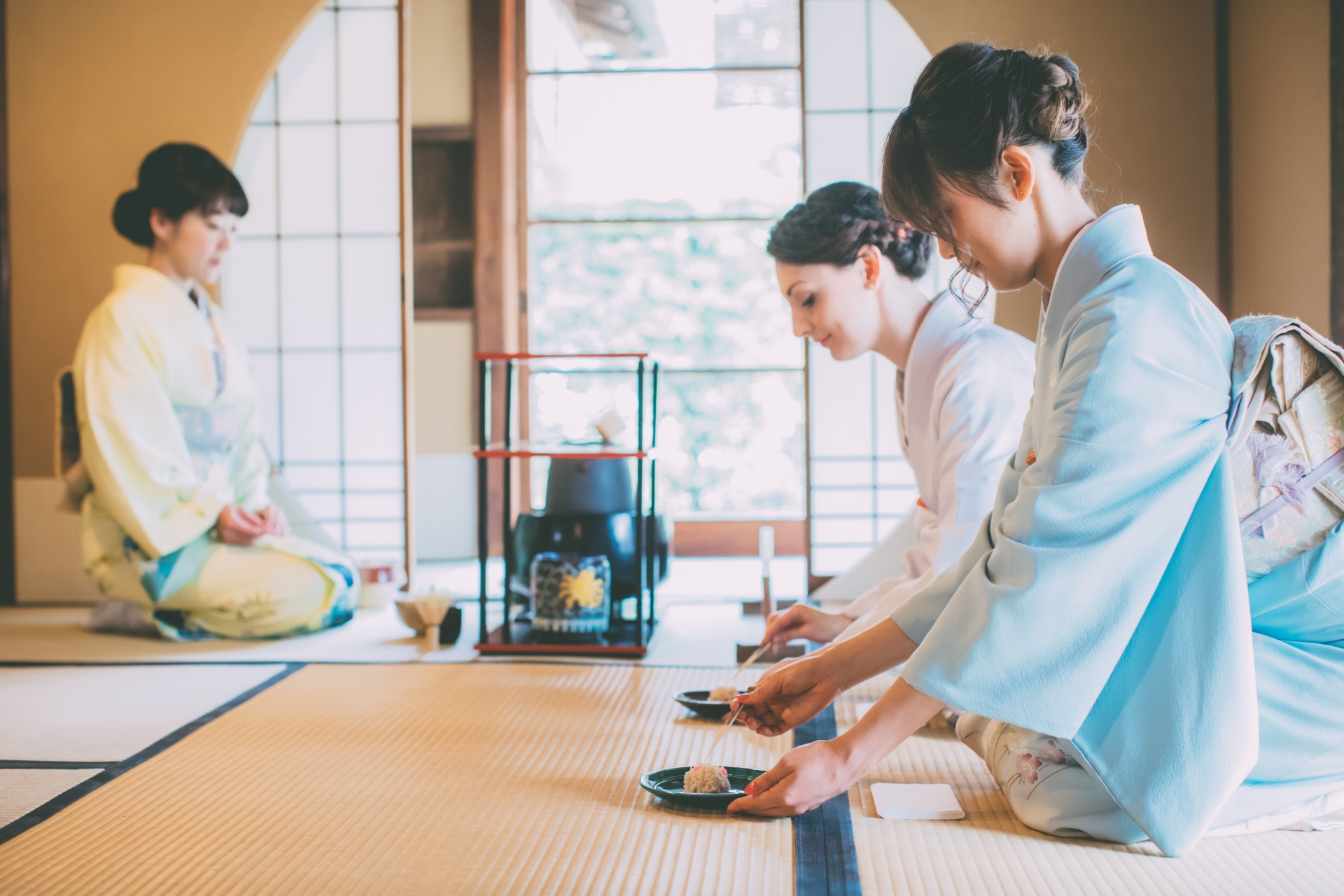vacationhavenhome.com – Peking Duck is one of China’s most iconic dishes, renowned for its crispy skin, tender meat, and rich cultural history. Originating from Beijing, this dish has become a symbol of Chinese fine dining, celebrated not only for its exquisite taste but also for the meticulous preparation that makes it a gastronomic art form. Whether served in a luxurious restaurant or at a festive family gathering, Peking Duck is a dish that captivates food lovers around the world.
The Origins of Peking Duck
The history of Peking Duck dates back to the Imperial Era, with its roots tracing to the Southern and Northern Dynasties (420–589 AD). However, it was during the Yuan Dynasty (1271–1368) that the dish began to take the form we recognize today. The Ming Dynasty (1368–1644) saw Peking Duck become a popular delicacy among the elite, with the imperial chefs perfecting the art of roasting the duck to achieve its signature crispy skin and succulent meat.
Over time, the dish spread beyond the royal courts and became a staple of Beijing’s street food scene, although it was the famous restaurants of the city that refined and preserved the dish as a symbol of Chinese cuisine.
How Peking Duck is Made
The preparation of Peking Duck is an intricate process, requiring both skill and patience. The dish is known for its perfectly roasted duck with skin that is crisp and crackling, and a tender, flavorful meat that’s rich yet not greasy.
- Selecting the Duck: Traditional Peking Duck is made using a specific breed of duck known as the Beijing Duck or Peking Duck. These ducks are raised for their plump size, tender meat, and thin skin, which contributes to the crispy texture once roasted.
- Air-Drying and Glazing: Once the duck is cleaned and prepared, air is pumped between the skin and the meat to separate the two. This technique helps to ensure the skin becomes crispy during roasting. The duck is then coated in a glaze made from maltose syrup, which gives the skin its distinctive golden hue and sweet, slightly caramelized flavor.
- Roasting the Duck: The duck is traditionally roasted in a specialized brick oven, with the heat source being wood or fruitwood. This imparts a subtle smokiness to the skin, enhancing the flavor profile. The roasting process can take up to 90 minutes, during which time the duck is regularly turned to ensure even cooking and that the skin crisps up beautifully.
- Carving the Duck: Once the duck is perfectly roasted, it is brought to the table where a skilled chef carves it into thin, delicate slices. The skin is often served first, prized for its crispiness, followed by slices of the tender meat. The carving ceremony itself is a spectacle, often taking place right in front of diners to showcase the chef’s expertise.
Serving Peking Duck
Peking Duck is traditionally served with a variety of accompaniments, which enhance the flavors and offer a balance of textures. The usual components include:
- Mandarin Pancakes: Thin, soft pancakes are served warm. They are used to wrap the duck, along with condiments and garnishes.
- Hoison Sauce: A sweet and savory sauce made from soybeans, garlic, and sugar. It complements the richness of the duck, adding depth to the flavor.
- Scallions and Cucumber: Fresh, crisp slices of scallion (green onions) and cucumber add a refreshing contrast to the richness of the duck and its condiments.
- Pickled Vegetables: Sometimes, a side of pickled vegetables is included for a tangy bite that cuts through the richness of the duck.
The duck is typically served in a ceremonial fashion, with diners making their own wraps using the pancakes and fillings. The first bite of Peking Duck, with its crispy skin and tender meat, is a memorable experience, a harmony of flavors and textures that has made the dish beloved around the world.
Cultural Significance and Modern Adaptations
Peking Duck is not just a dish—it’s an experience. The preparation, the presentation, and the communal way of eating it all contribute to the cultural significance of the dish. In Beijing, Peking Duck is often enjoyed during special occasions and celebrations, including birthdays, weddings, and New Year’s feasts.
In recent decades, the popularity of Peking Duck has extended beyond China’s borders, with restaurants in major cities worldwide, from New York to London to Sydney, serving up this Beijing classic. While the traditional method of roasting the duck in a wood-fired oven remains a hallmark of authenticity, modern versions of Peking Duck have emerged. Some chefs experiment with different marinades, sauces, and cooking methods, adapting the dish to contemporary tastes while preserving its essence.
Despite the innovations, Peking Duck continues to be revered for its connection to Beijing’s culinary traditions. The world’s finest Peking Duck restaurants, such as Quanjude and Da Dong in Beijing, remain cultural landmarks where locals and tourists alike flock to savor the dish as it was meant to be experienced.
Peking Duck Around the World
In addition to China, Peking Duck has achieved international fame. It is served in top-tier Chinese restaurants across the globe, often considered the gold standard of Chinese cuisine. Many restaurants outside of China have adapted the recipe to cater to local tastes, but the core elements—the crispy skin, tender meat, and savory accompaniments—remain the same.
In countries such as the United States, Canada, and the United Kingdom, Peking Duck has become a celebratory dish often associated with fine dining and luxury. It is commonly ordered at Chinese New Year celebrations, where it symbolizes prosperity and good fortune.
Conclusion: A Dish Worth Traveling For
Peking Duck is a culinary masterpiece that reflects China’s deep culinary heritage, its dedication to perfection, and its commitment to balance in flavor. With its combination of crispy skin, tender meat, and rich accompaniments, it offers an unforgettable dining experience. Whether you’re in Beijing or halfway across the world, Peking Duck remains a dish that continues to delight the senses and connect diners to centuries of tradition.
For anyone seeking to understand the heart of Chinese cuisine, Peking Duck is undoubtedly one of the most essential dishes to try—its history, its preparation, and its flavors embody the very essence of Chinese culinary art.




